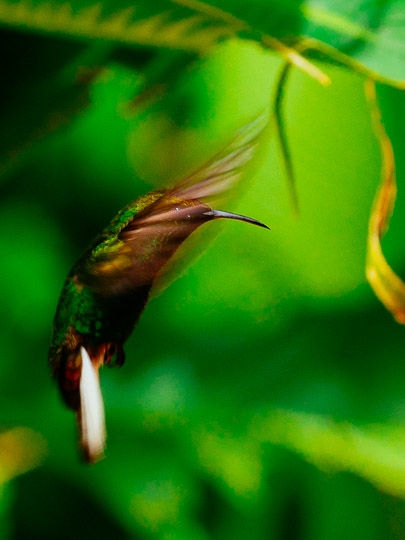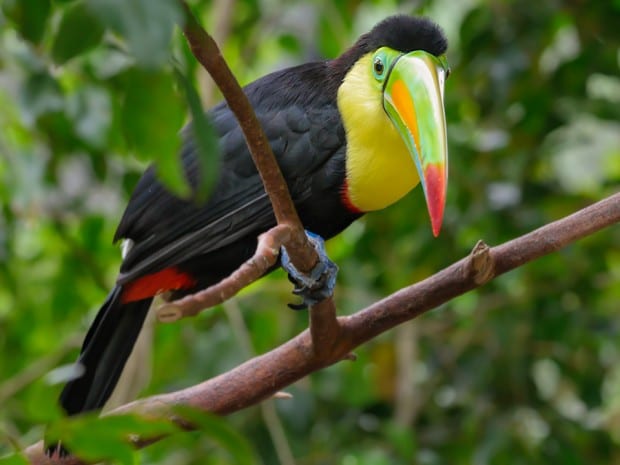If you’ve ever tried to photograph animals you know that wildlife doesn’t always cooperate. It’s rare to find animals facing the way you’d like, sitting in good light, etc, etc… I recommend that my students grab the initial frame as quickly as possible because sometimes you only get one chance to get the shot. Work the subject whenever you can to try and make a decent photo into a great one. Here are a few tips so you can make the most of your opportunities and make your wildlife photography more interesting.
 Watch your background. Look for backgrounds that support your subject and provide context. A background with a contrasting color or tonality can help your subject stand out. Avoid busy backgrounds that distract from your subject. Sometimes moving your shooting position just a few feet can change your background dramatically.
Watch your background. Look for backgrounds that support your subject and provide context. A background with a contrasting color or tonality can help your subject stand out. Avoid busy backgrounds that distract from your subject. Sometimes moving your shooting position just a few feet can change your background dramatically.
Leave some space. Give your subject some visual room to move into when composing your wildlife photos. If your subject is moving leave some space in front of them. It is usually better to have your subject facing into the frame. That means if your subject is facing left, put thm off center on the right side of the image.
Interaction with the environment. Wildlife photos are much more interesting when your subject is interacting with it’s environment. My friend Juan Pons says the “bird on a stick” photo is fine, but it’s much more interesting if he’s eating a bug, building a nest, etc.
Shoot at the animal’s eye level. Your viewer will feel more engaged and connect with your subject more when you can shoot from your subject’s eye level. If you can get higher to shoot birds or lie on your belly to shoot an insect your shots will be more compelling. Coincidentally this rule works for shooting children as well 😉
Make eye contact. Wildlife photos can be very intense when your subject is making eye contact with the viewer. Animals are often very curious about what you are doing, so it can be relatively easy to get them to look into your camera. Eye contact can help your viewer make a connection to your subject.
Wildlife photography depends on interesting subjects, but don’t forget about what the subject is doing. As with most types of photography, capturing a moment can make the difference between a good photo and a great one.
I teach lots of tips like this in the field during my Photo Workshops in Costa Rica. Visit www.CostaRicaPhotoWorkshop.com for details.



0 Comments